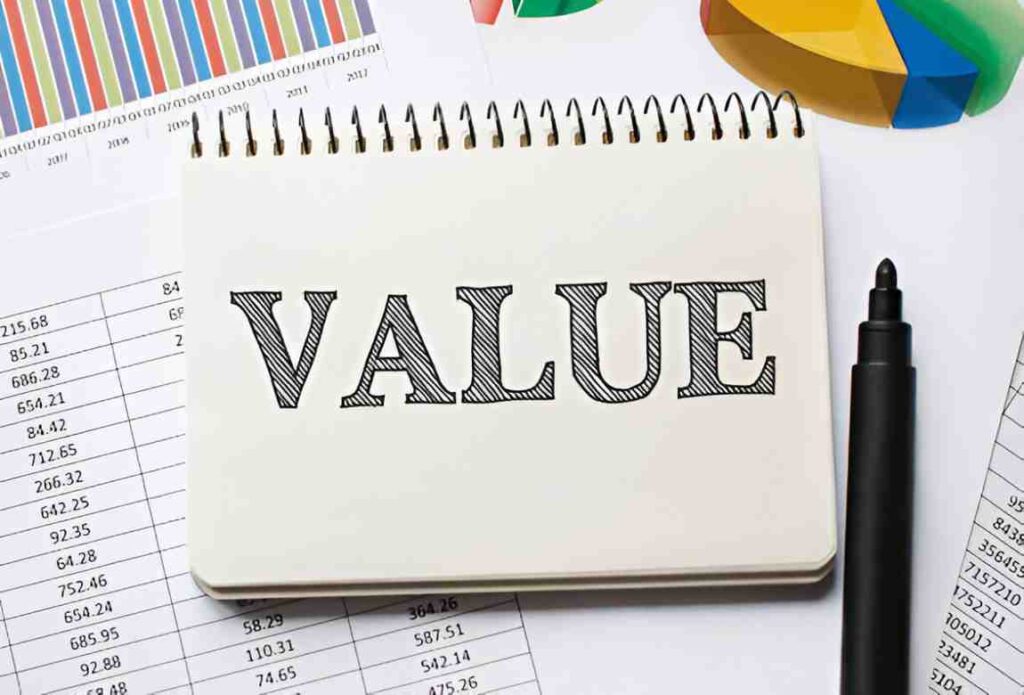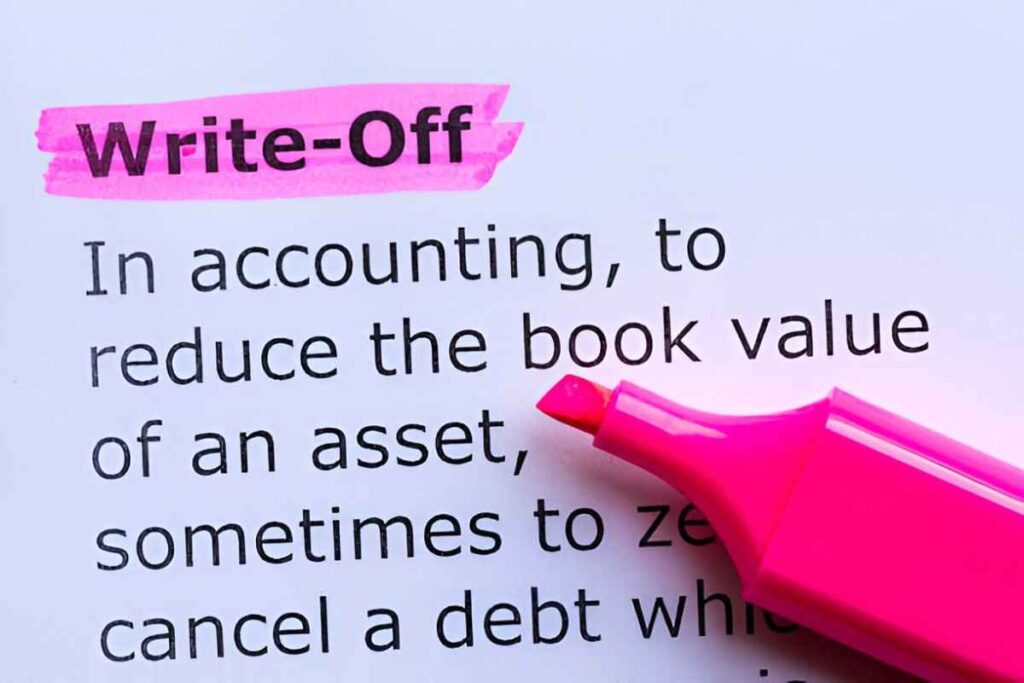As someone who has spent years studying financial statements, I know how intimidating accounting terms can be. Owners’ equity is one of those concepts that seems simple at first but reveals layers of complexity when you dig deeper. In this guide, I’ll break it down in plain English, using real-world examples and clear explanations.
Table of Contents
What Is Owners’ Equity?
Owners’ equity represents the residual interest in a business after subtracting liabilities from assets. Think of it as the net worth of a company—the portion that truly belongs to the owners. The fundamental accounting equation defines it:
\text{Assets} = \text{Liabilities} + \text{Owners’ Equity}Rearranged, it becomes:
\text{Owners’ Equity} = \text{Assets} - \text{Liabilities}If a business has $500,000 in assets and $300,000 in liabilities, owners’ equity is $200,000. This means if the company liquidated everything today, the owners would walk away with $200,000.
The Components of Owners’ Equity
Owners’ equity isn’t just a single number—it’s made up of several parts:
- Contributed Capital – Money or assets owners invest in the business.
- Retained Earnings – Profits reinvested rather than distributed as dividends.
- Treasury Stock – Shares repurchased by the company.
- Accumulated Other Comprehensive Income (AOCI) – Unrealized gains/losses not in net income.
Contributed Capital
When I started my first business, I put in $50,000 of my own money. That’s contributed capital—direct investments from owners. For corporations, this includes:
- Common Stock – Basic ownership shares.
- Preferred Stock – Shares with priority over common stock.
- Additional Paid-In Capital (APIC) – Amounts paid above par value.
Retained Earnings
Retained earnings reflect cumulative profits kept in the business. If a company earns $100,000 and pays $30,000 in dividends, retained earnings increase by $70,000.
\text{Retained Earnings}{\text{End}} = \text{Retained Earnings}{\text{Begin}} + \text{Net Income} - \text{Dividends}Treasury Stock
When a company buys back its own shares, they become treasury stock—a contra-equity account reducing total equity. If a firm repurchases $10,000 worth of shares, equity drops by $10,000.
Accumulated Other Comprehensive Income (AOCI)
AOCI includes unrealized gains/losses from items like foreign currency translations or available-for-sale securities. Unlike net income, these don’t hit the income statement immediately.
Owners’ Equity in Different Business Structures
Sole Proprietorships
For a sole proprietorship, equity is straightforward—it’s the owner’s capital account. If I invest $20,000 and withdraw $5,000, my equity is $15,000 plus any retained profits.
Partnerships
Partnerships split equity among partners. If two partners contribute $30,000 each, total equity starts at $60,000. Profits and losses are divided per the partnership agreement.
Corporations
Corporations have more complex equity structures due to stock issuance. If a company issues 1,000 shares at $10 par value and sells them for $15, the equity breakdown is:
- Common Stock: 1,000 \times \$10 = \$10,000
- APIC: 1,000 \times (\$15 - \$10) = \$5,000
Total contributed capital = $15,000.
How Owners’ Equity Changes Over Time
Equity fluctuates based on:
- Profits/Losses – Net income increases equity; losses decrease it.
- Owner Investments/Withdrawals – New capital boosts equity; dividends reduce it.
- Stock Transactions – Issuing new shares increases equity; buybacks decrease it.
Example: Equity Calculation Over a Year
Let’s say a business starts with:
- Assets: $400,000
- Liabilities: $250,000
- Equity: $150,000
During the year:
- Net income: $80,000
- Dividends paid: $20,000
- New investments: $30,000
Ending equity:
\$150,000 + \$80,000 - \$20,000 + \$30,000 = \$240,000Owners’ Equity vs. Market Capitalization
People often confuse owners’ equity (book value) with market capitalization (market value).
- Book Value = Assets – Liabilities (from balance sheet).
- Market Cap = Share price × Outstanding shares (investor-driven).
A company with $1M in equity might have a $5M market cap if investors expect high growth.
The Role of Owners’ Equity in Financial Analysis
Investors use equity to assess financial health:
- Return on Equity (ROE) – Measures profitability relative to equity.
A 15% ROE means the company generates $0.15 for every $1 of equity.
Debt-to-Equity Ratio – Evaluates leverage.
A ratio of 2.0 indicates $2 of debt for every $1 of equity.
Common Misconceptions About Owners’ Equity
- “Equity equals cash.” No—equity includes all net assets, not just liquid funds.
- “Negative equity means bankruptcy.” Not always—startups often have negative equity due to early losses.
- “More equity is always better.” Excessive equity can signal underutilized capital.
Practical Example: Calculating Equity for a Small Business
Let’s say you run a bakery with:
- Cash: $20,000
- Equipment: $50,000
- Inventory: $10,000
- Loans: $40,000
Total assets: \$20,000 + \$50,000 + \$10,000 = \$80,000
Owners’ equity: \$80,000 - \$40,000 = \$40,000
If you earn $15,000 profit and take out $5,000 as a draw:
New equity: \$40,000 + \$15,000 - \$5,000 = \$50,000
Final Thoughts
Owners’ equity is the backbone of a company’s financial structure. Whether you’re a small-business owner or an investor, understanding it helps you make informed decisions. By breaking it into components and tracking changes, you gain clarity on where value comes from and where it’s going.





